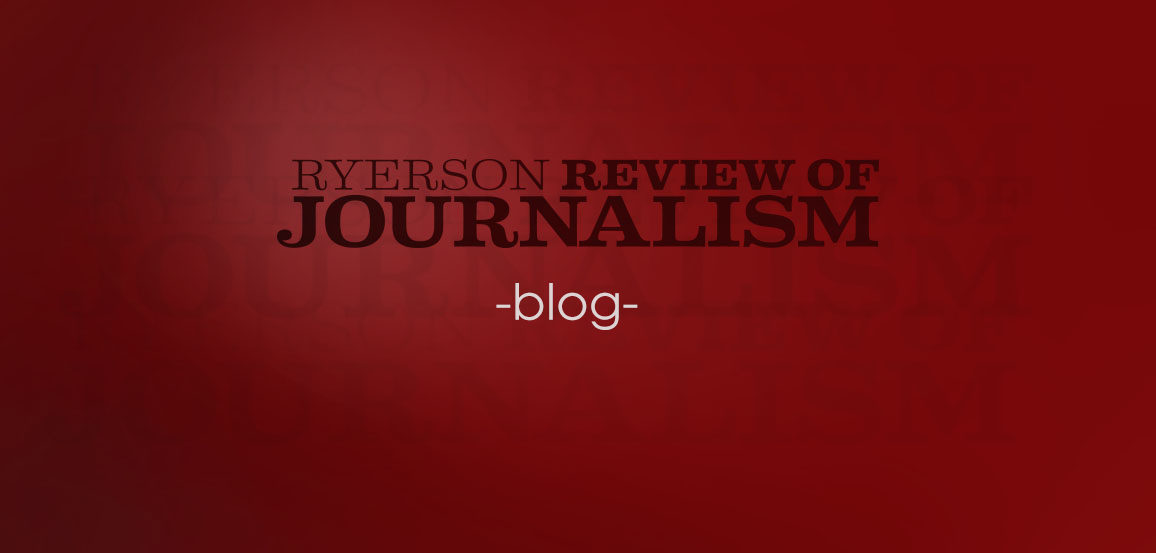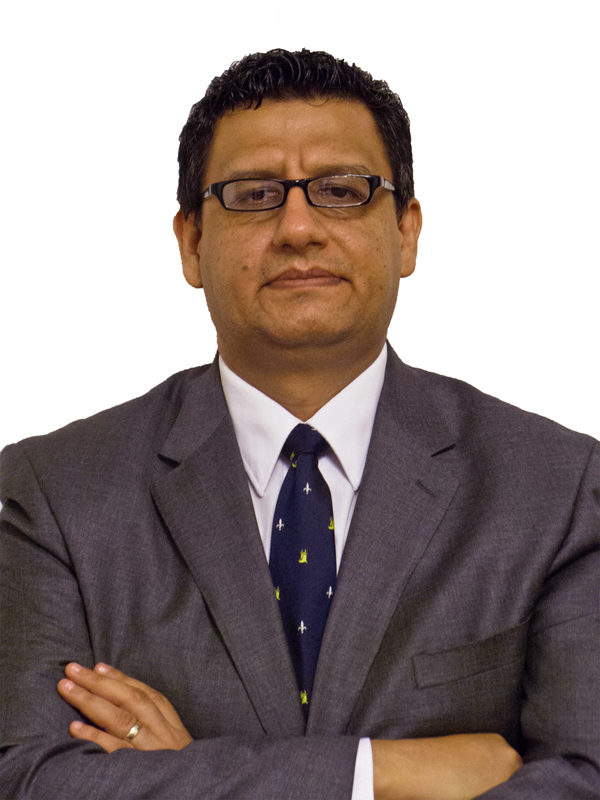
It’s well known that many news organizations rely on advertisers to pay the bills. But at BestStory.ca, a fairly new website delivering long-form journalism, founder Warren Perley has adopted an ad-free model in an attempt to ensure unbiased reporting.
“Ad-free, to me, is the only way to guard our editorial and keep it 100 percent pure,” says Perley. BestStory introduced a pay-per-story model. Three can be purchased for $1.20, 13 for $5.20 (plus one bonus story), and 25 for $10 (plus three bonus stories). Twenty-five percent of the royalties from each piece sold go directly to the writer.
Though it claims to be the first website of its kind in the world, the idea is not new. Atavist, an American company, features original long-form journalism in an ad-free setting. Its pay-per-story model is a little steeper ($2.99-$3.99 per story), and, unlike BestStory, which is entirely funded by Perley, it claims to be backed by several “highly respected investors.” Matter, a long-form science journalism site with a similar model, generated over $140,000 for its launch through Kickstarter in 2012.
However, there is some debate on whether these sites are as liberated as their alternative business models might suggest. Though they don’t accept ads, they all were, or are, backed by an external source.
Max Linsky, one of the founders of longform.org, questions whether there is a desire for ad-free content on the part of the general public. He says he is not convinced that advertisements pose much of a problem for readers, and he doesn’t believe it is essential for these experimental publications to cut out ad dollars indefinitely.
“Putting out your own publication has always been really hard, and it feels to me like cutting off any revenue is a dubious proposition. If your main priority is publishing great content and having people read it, then I feel I would do anything that would allow me to better do that,” he says.
David Greenwald, who attempted to fund a long-form music journalism publication, Uncool, through Kickstarter, argues that the level of freedom publications are afforded when they don’t depend on advertisers is worth the sacrifice. “Advertisements aren’t a bad thing, but they have the potential to impact editorial decisions and coverage scope in a way the subscription model may not,” he says. “With Uncool, we were interested in making a publication that wouldn’t have to appeal to a mass audience, which online advertising seems to require. We wanted a deeper connection with a few thousand people.”
That said, even an ad-free model should still aim to be profitable. Whether via subscriptions or support from outside investors, these sites must find alternate funding to be sustainable. Mike Karapita, the journalism program coordinator at Humber College in Toronto, says that while readers may enjoy the absence of flashy and distracting advertisements, they likely won’t take kindly to the fact that they must pay a fee to compensate.
“We’re living in an age where, increasingly, there’s an expectation that everything will be free, especially everything on the internet. I can only envision it [BestStory] catching on in very small numbers.”
Linsky agrees, saying that while implementing a paywall of sorts may work for established publications like The New York Times and The New Yorker, he questions if it will work for smaller scale business models.
The BestStory team expected a slow start. Readership is in the hundreds right now, nowhere near where it needs to be to generate profit. Currently, BestStory is subsidized by income Perley makes from his company, Ponctuation Grafix. All other work done on the site happens on a voluntary basis. But Perley stands by his venture, saying it is only a matter of time before BestStory catches on.
“Charging cents per story is not a quick way to make money, but as the number of readers grows, so does the revenue.” In the meantime, BestStory contributors are not overly concerned about making money from their work—at least not any time soon.
According to Linsky, the ad-free model still has a long way to go before we can make a definitive statement about its viability.
“Right now, there are a bunch of people running experiments, and the more experiments that we’re running, the closer we’re going to get to finding that out. I think that anyone who is experimenting with that model needs to be very open to challenging their initial assumptions.”
(Visited 60 times, 1 visits today)
About the author
Zakiya Kassam was the Visual Editors for the Summer 2013 issue of the Ryerson Review of Journalism.

